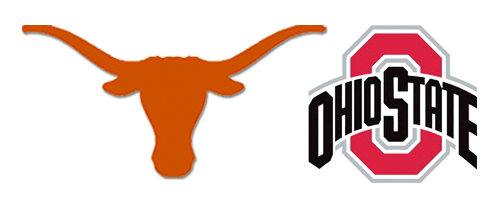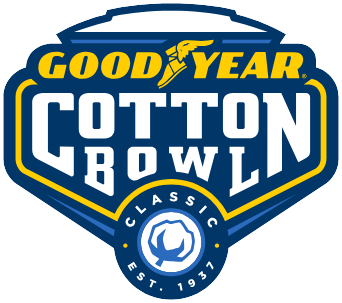OrangeElvis151
< 25 Posts
I thought here in the wastland of time between spring training and fall practices, we might coax some of our more knowlegeble posters to give all of us a little UT Football 101.
Today's topic is linebackers. Most of us know what they are, but do we truly know what they do? What are linebackers' responsibilities? What are the differences between the guy in the middle and the strong & weakside backers? What does someone mean when they talk about a "true/natural middle linebacker"? Why does DJ play where he does vs the middle or other side?, etc...
There are many of us who know the answers to some of these questions. Speak up. If this turns out to be well received, we should plan on doing this for every position, then archive it for future reference...
Today's topic is linebackers. Most of us know what they are, but do we truly know what they do? What are linebackers' responsibilities? What are the differences between the guy in the middle and the strong & weakside backers? What does someone mean when they talk about a "true/natural middle linebacker"? Why does DJ play where he does vs the middle or other side?, etc...
There are many of us who know the answers to some of these questions. Speak up. If this turns out to be well received, we should plan on doing this for every position, then archive it for future reference...





